Romania’s diverse landscapes offer some of Europe’s most rewarding yet underappreciated hiking opportunities. From the towering peaks of the Carpathian Mountains to deep limestone gorges and ancient forests, the country presents a paradise for outdoor enthusiasts seeking experiences beyond the well-trodden paths of Western Europe.
Traditional rural life continues in many remote areas, providing cultural encounters alongside natural wonders. Here is a list of 20 exceptional hiking trails in Romania, which showcase the country’s remarkable natural beauty and cultural heritage.
Bucegi Mountains Plateau
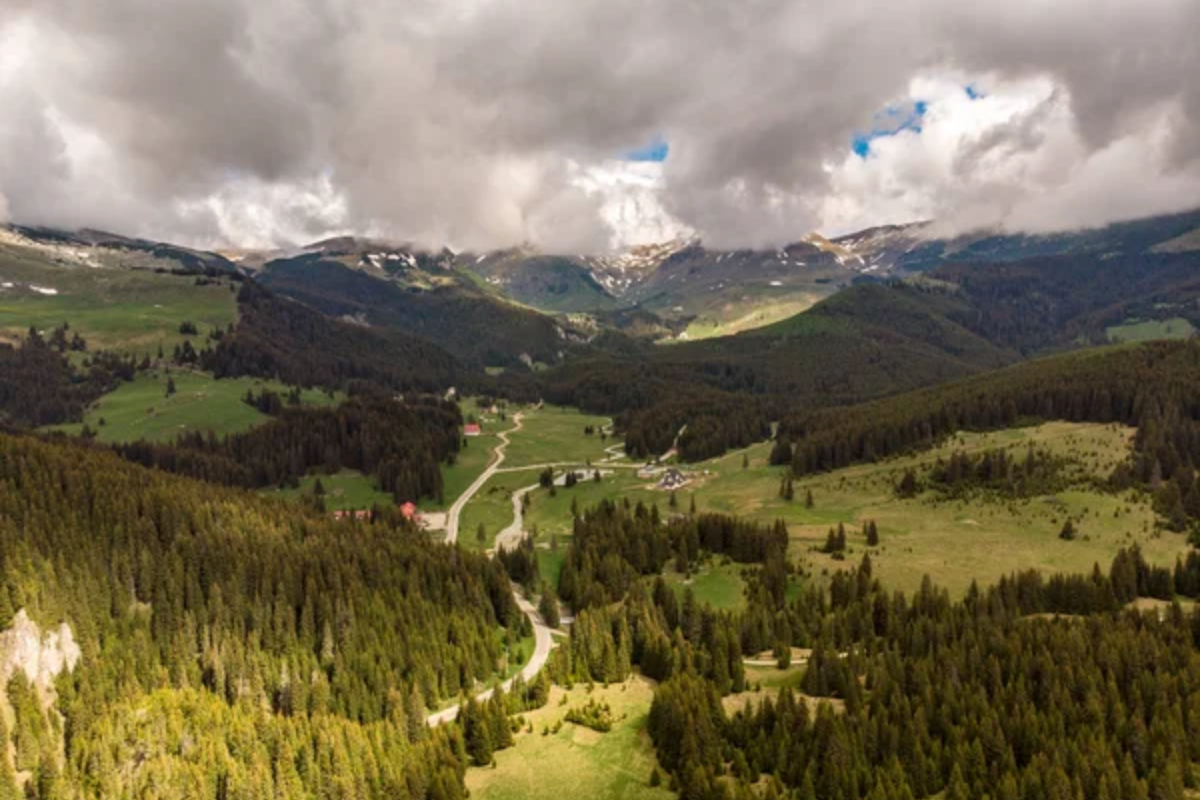
This iconic hike takes adventurers across a vast alpine plateau featuring the wind-sculpted rock formations of Babele and the Sphinx. Starting from the cable car station at Busteni, the relatively flat 6-mile trail offers panoramic views across multiple mountain ranges on clear days.
The changing light throughout the day transforms the appearance of the mysterious rock formations that have inspired Romanian folklore for centuries.
Piatra Craiului Ridge

Often described as the most beautiful ridge walk in Romania, this challenging route follows the narrow limestone spine of Piatra Craiului National Park for nearly 15 miles. At certain points, the white limestone ridge rarely exceeds six feet in width, and dramatic drops on both sides create an exhilarating high-alpine experience.
From this privileged vantage point, climbers are rewarded with spectacular views of the Bucegi, Fagaras, and Leaota mountain ranges.
Like Travel Pug’s content? Follow us on MSN.
Zarnesti Gorge
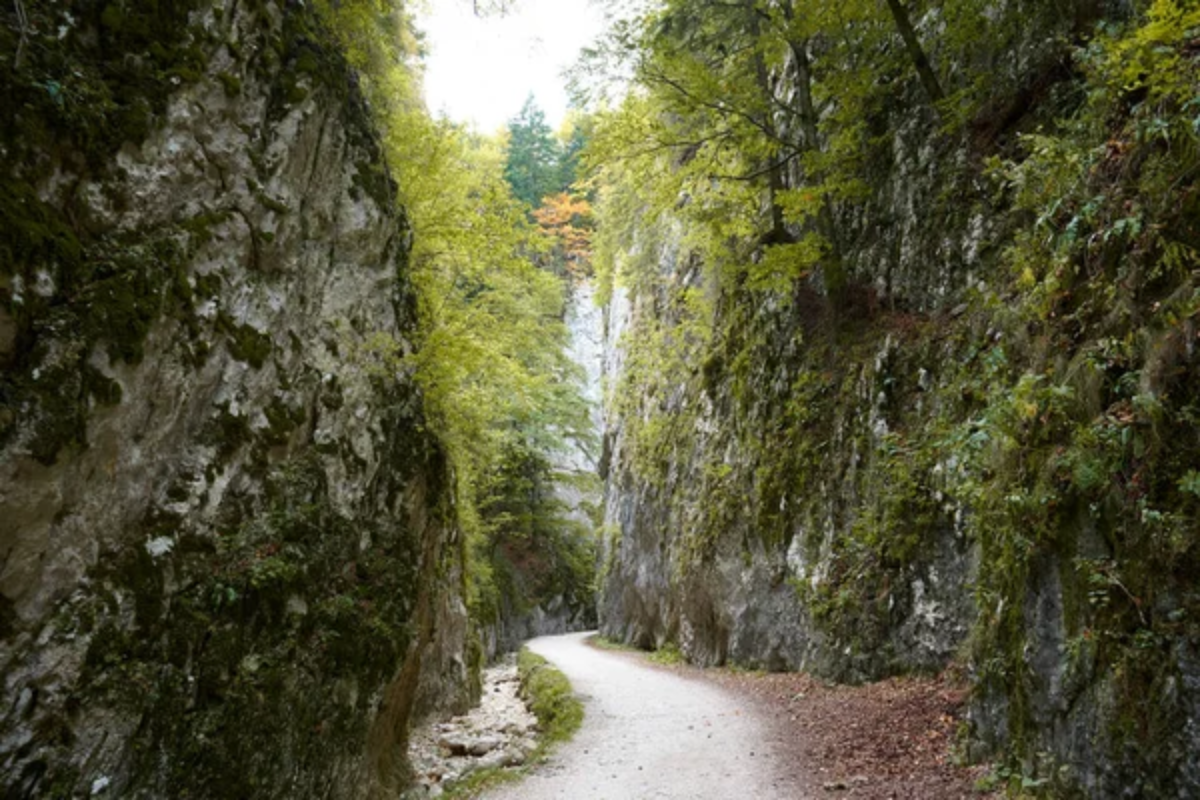
This accessible canyon hike in the Piatra Craiului National Park takes walkers between towering limestone walls reaching up to 650 feet high while following a crystal-clear mountain stream. The well-marked 3-mile trail passes through narrow sections where the walls close in dramatically, creating perfect acoustics for experiencing the gorge’s unique echoes.
The area serves as an important wildlife corridor where lucky hikers might spot chamois on the upper ledges or evidence of the bears that frequent the region.
Turda Gorge
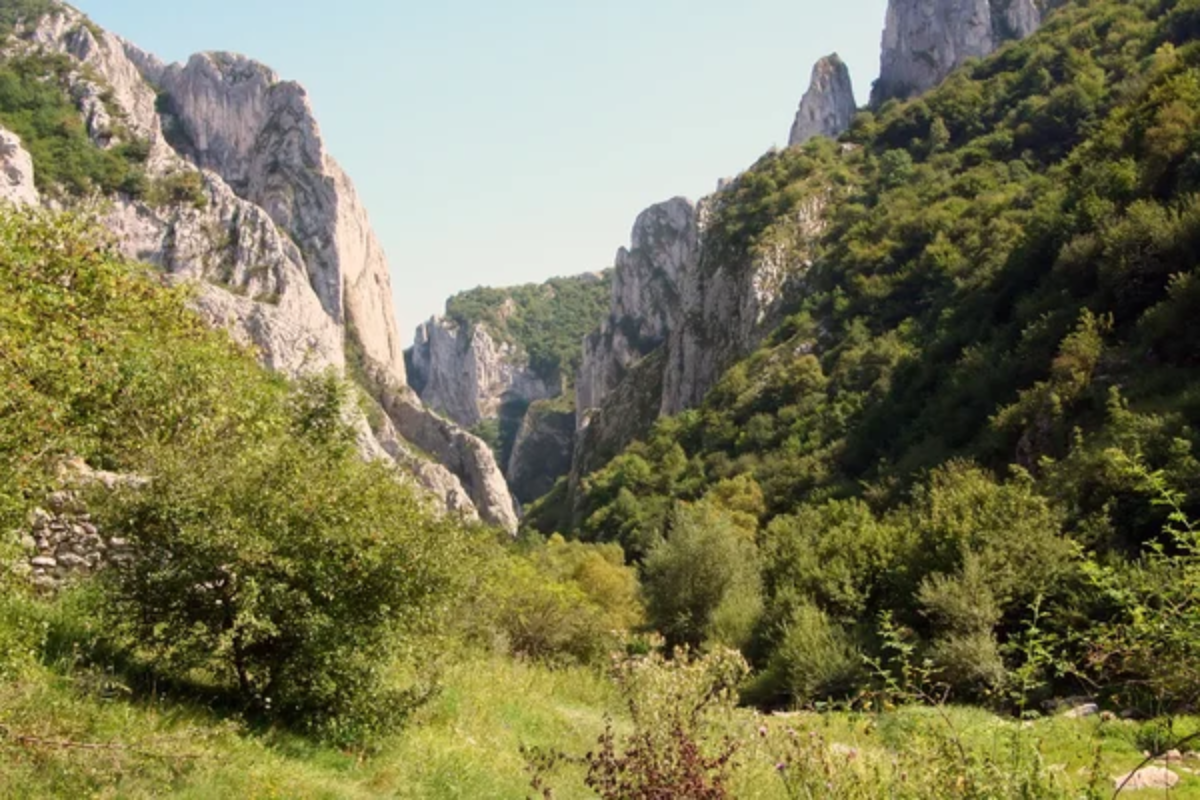
This spectacular limestone canyon in Transylvania features over 60 named climbing routes alongside a hiker-friendly trail that weaves between dramatic rock formations. The 2-mile path crosses the small river multiple times on wooden bridges while passing beneath natural stone arches and cliff-dwelling swifts during summer months.
Several caves open up along the trail, including the impressive Peasant’s Cave with its massive entrance portal visible from considerable distances.
Fagaras Mountains Traverse
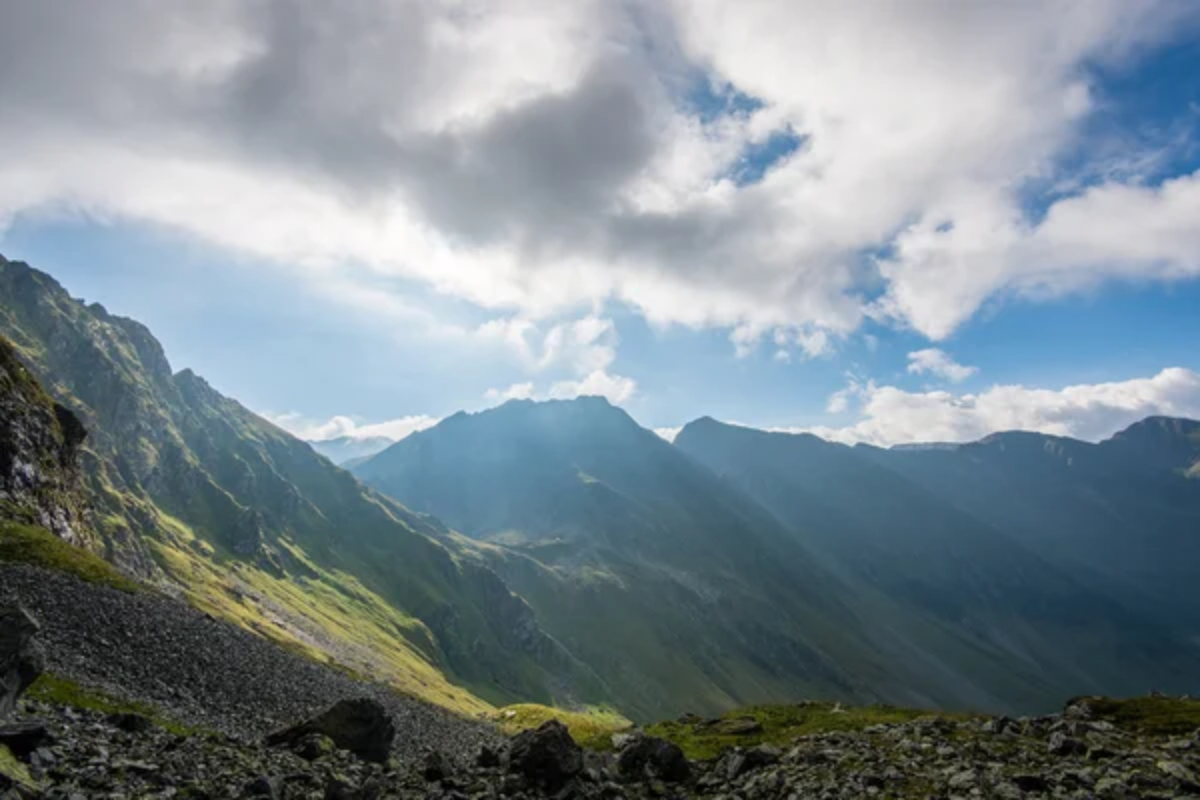
The most challenging long-distance trek in Romania follows the main ridge of the Southern Carpathians for 60 miles across Romania’s highest peaks. This week-long adventure connects multiple mountain huts while crossing alpine terrain with significant exposure and sections equipped with fixed chains on the most difficult passages.
The route includes an ascent of Moldoveanu Peak at 8,346 feet, the country’s highest point, where hikers often celebrate with traditional Romanian plum brandy.
Like Travel Pug’s content? Follow us on MSN.
Seven Ladders Canyon

This family-friendly adventure combines hiking with the thrill of ascending a series of metal ladders and platforms installed through a narrow limestone gorge near Brasov. The ladders provide access through sections where the canyon walls close to just a few feet apart, with a mountain stream cascading down through multiple waterfalls beneath the metal walkways.
The entire 4-mile loop continues above the canyon to a beautiful meadow offering magnificent views back toward Brasov and the Bucegi Mountains.
Apuseni Nature Park
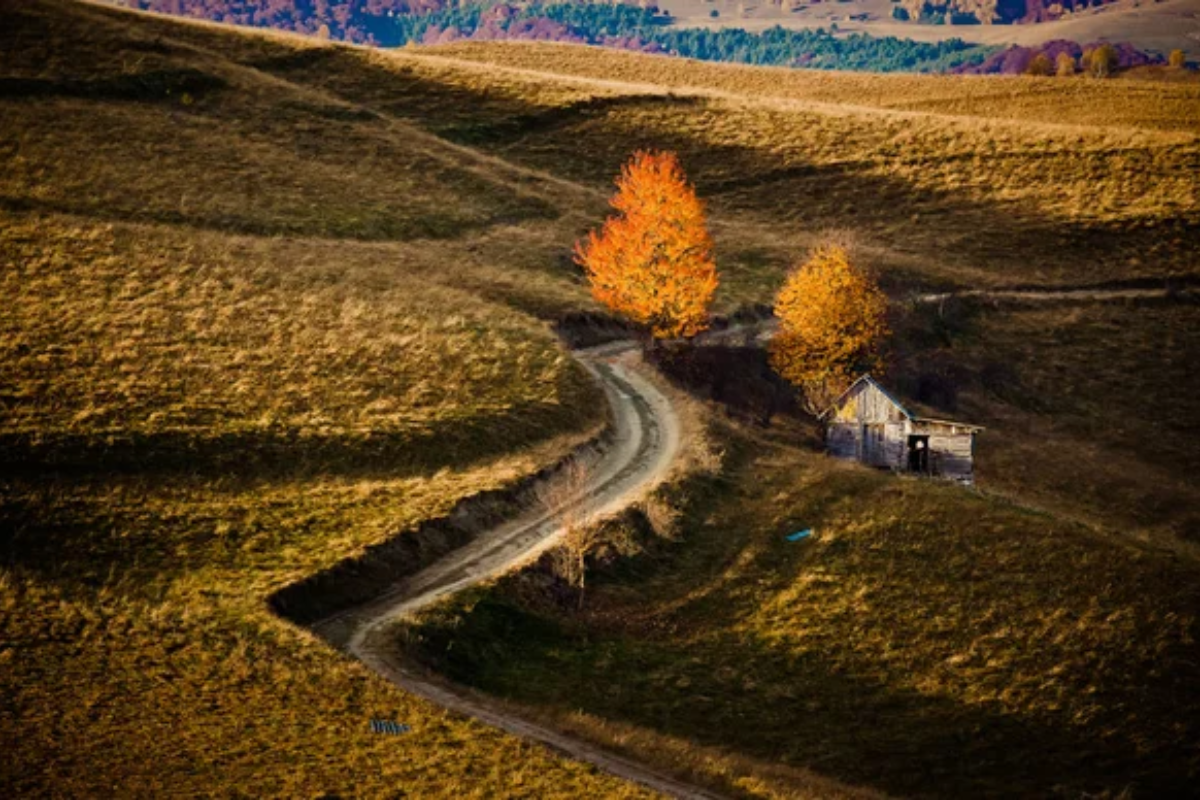
The ‘Mountains of Sunset’ feature Romania’s most extensive karst landscape, where water has sculpted countless caves, sinkholes, and underground rivers over millions of years. The park offers numerous interconnected trails, with highlights including the 4-mile route to Cetățile Ponorului, where a river disappears into massive portal caves surrounded by 300-foot limestone walls.
In spring and summer, the meadows burst with wildflowers, providing colorful foregrounds to expansive mountain vistas.
Retezat National Park
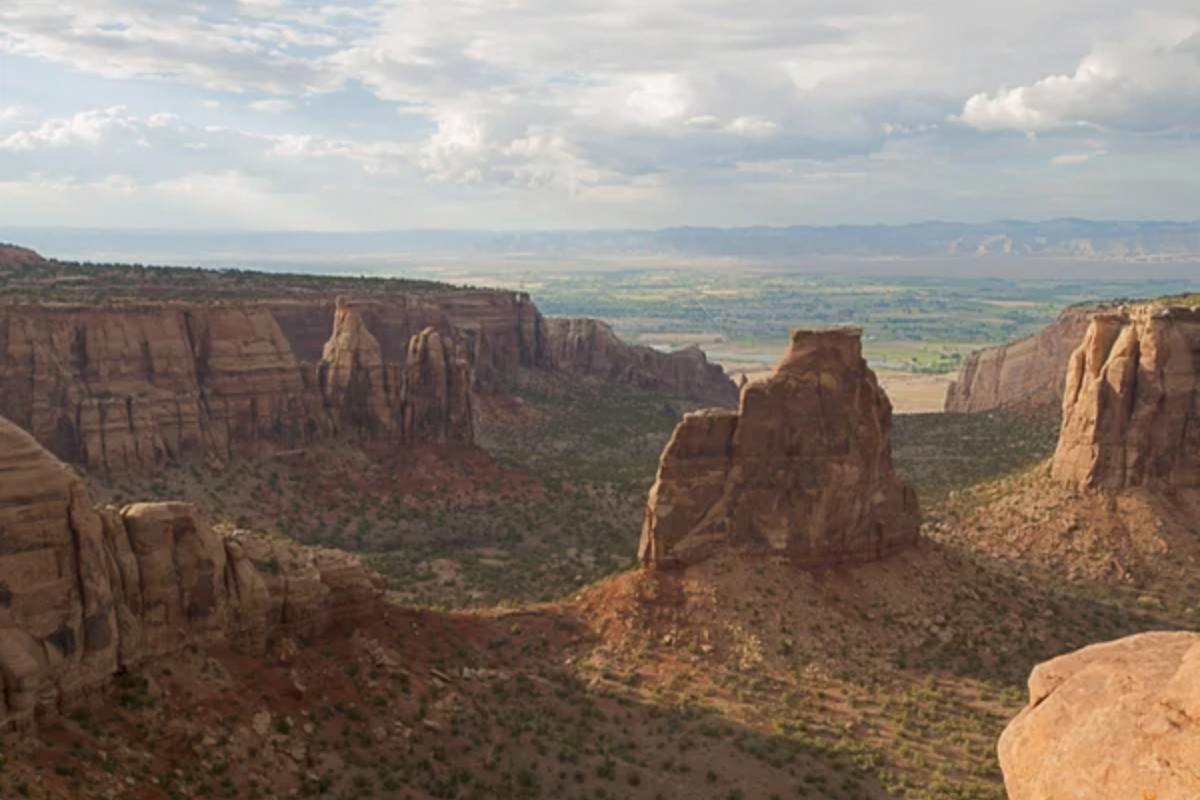
Romania’s first national park protects one of Europe’s last remaining pristine mixed forests and over 80 glacial lakes scattered across alpine meadows. The classic 2-day circuit from Poiana Pelegii takes hikers past the stunning Bucura Lake, the largest glacial lake in Romania, with its distinctive heart-like shape visible from surrounding peaks.
The park hosts exceptional biodiversity, with over 1,190 plant species recorded, creating a landscape that changes color dramatically throughout the hiking season.
Like Travel Pug’s content? Follow us on MSN.
Cheile Bicazului
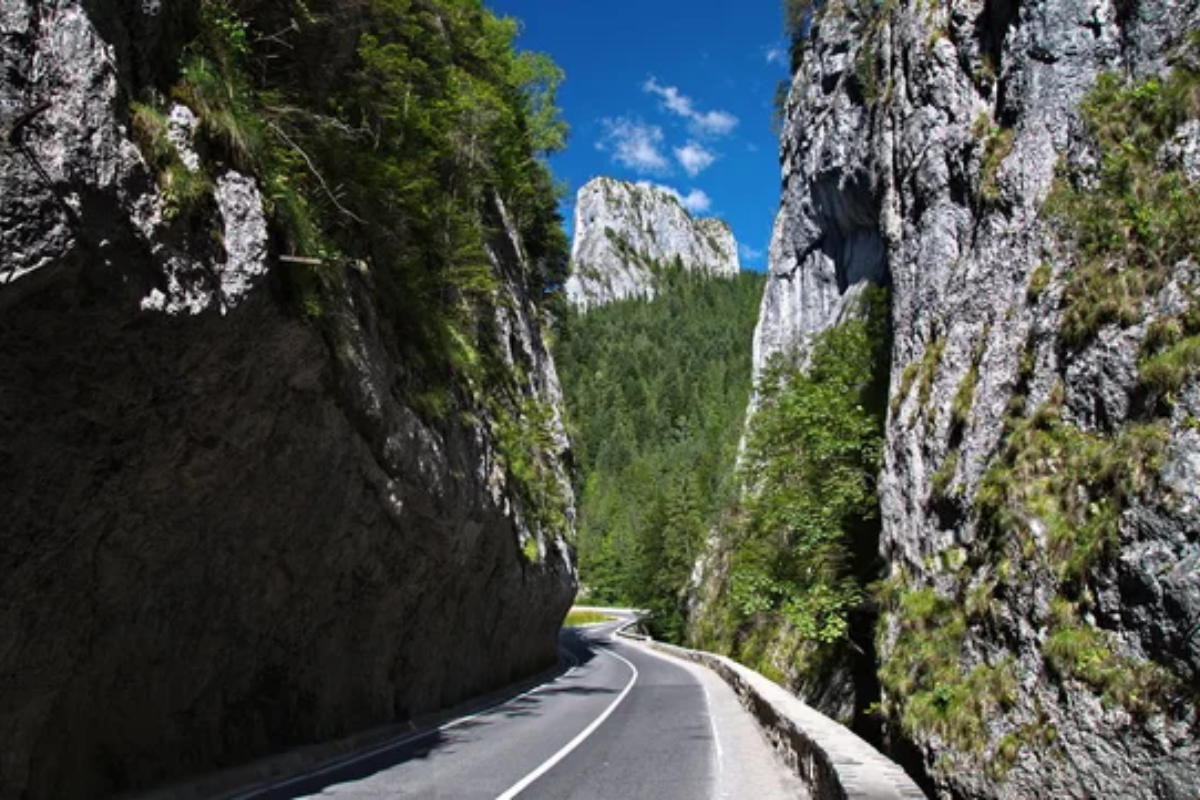
This dramatic gorge cuts a narrow path between 1,000-foot limestone cliffs, creating one of Romania’s most spectacular road-accessible hikes. The 5-mile trail follows the contours of the gorge while passing beneath massive overhanging rock formations that sometimes appear to block the sky completely.
Local vendors selling traditional crafts line portions of the route, offering authentic souvenirs and the opportunity to support mountain communities.
Rodna Mountains

This remote northern range offers true wilderness experiences with multi-day treks across alpine ridges far from tourist infrastructure. The challenging 15-mile traverse between Borsa and Prislop Pass follows the main ridge over several peaks exceeding 7,500 feet, including Pietrosu Mare, the highest point in the Eastern Carpathians.
The area maintains healthy populations of brown bears, wolves, and lynx, making wildlife encounters more likely than in more heavily visited mountain regions.
Cozia Mountain
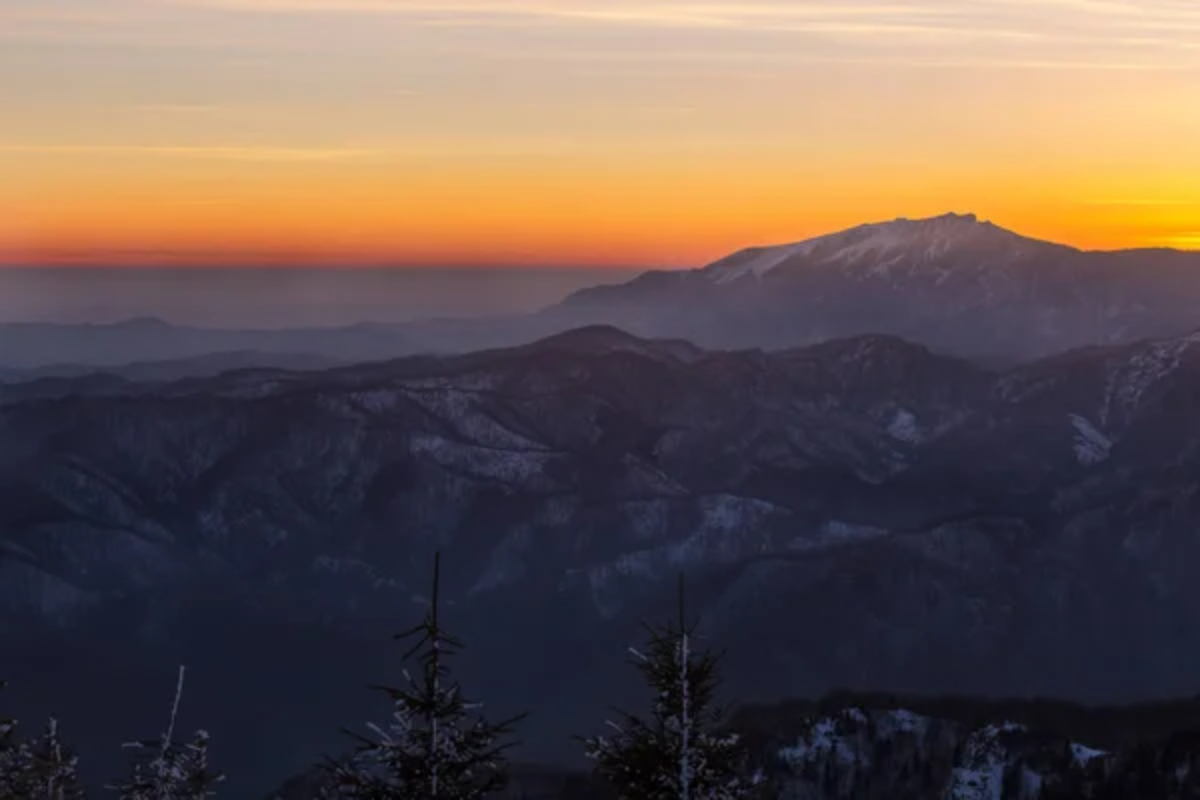
Rising dramatically from the Olt River Valley, this granite massif offers excellent day-hiking options from the historic spa town of Calimanesti. The 8-mile loop from Cozia Monastery to the summit at 5,331 feet combines natural beauty with cultural heritage as the trail starts from a 14th-century Orthodox monastery still active today.
The distinctive rock formations create numerous natural viewpoints overlooking the winding Olt River far below.
Like Travel Pug’s content? Follow us on MSN.
Ceahlau Massif
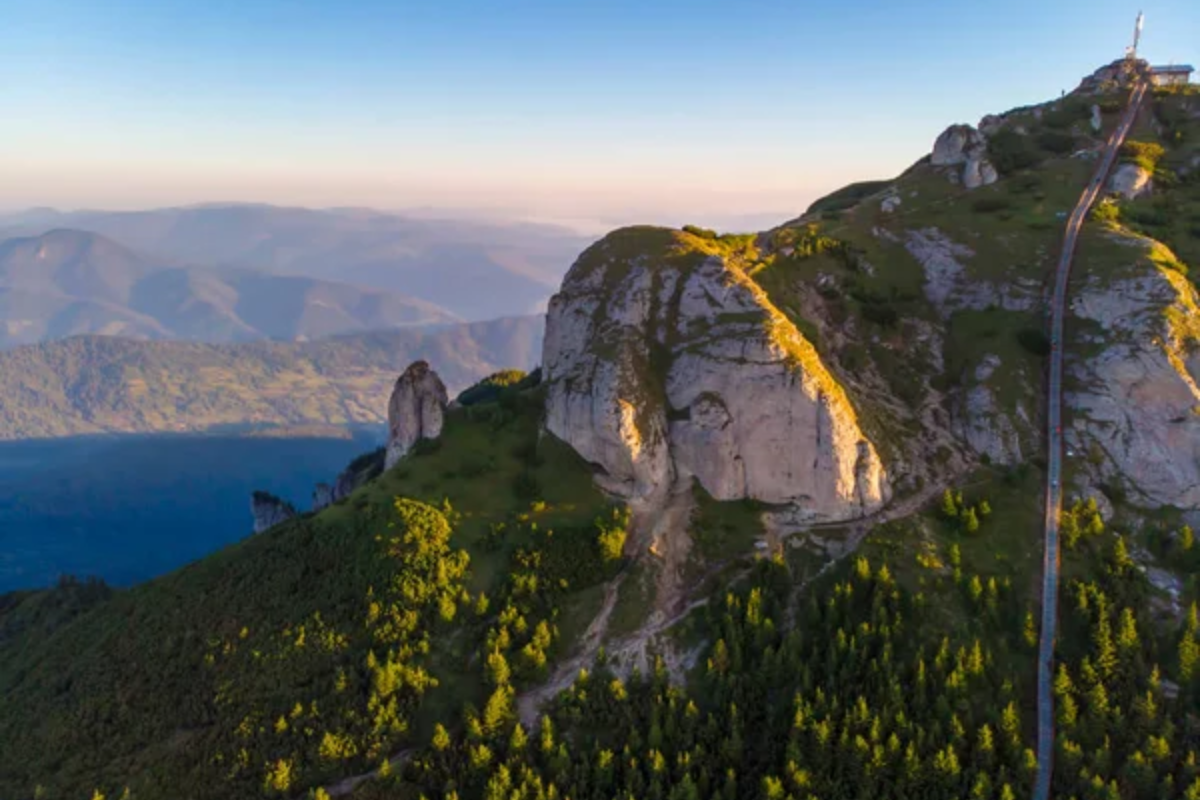
Often called the ‘Romanian Olympus,’ this isolated mountain has played a central role in national folklore and spiritual traditions for centuries. The two-day classic route ascends past the mushroom-shaped Toaca Rock and the stone pillar known as Dochia, both prominently featured in Romanian legends.
On clear days, the Ceahlau plateau offers panoramic views of Bicaz Lake below and distant peaks extending to the Ukrainian border.
Calimani Mountains
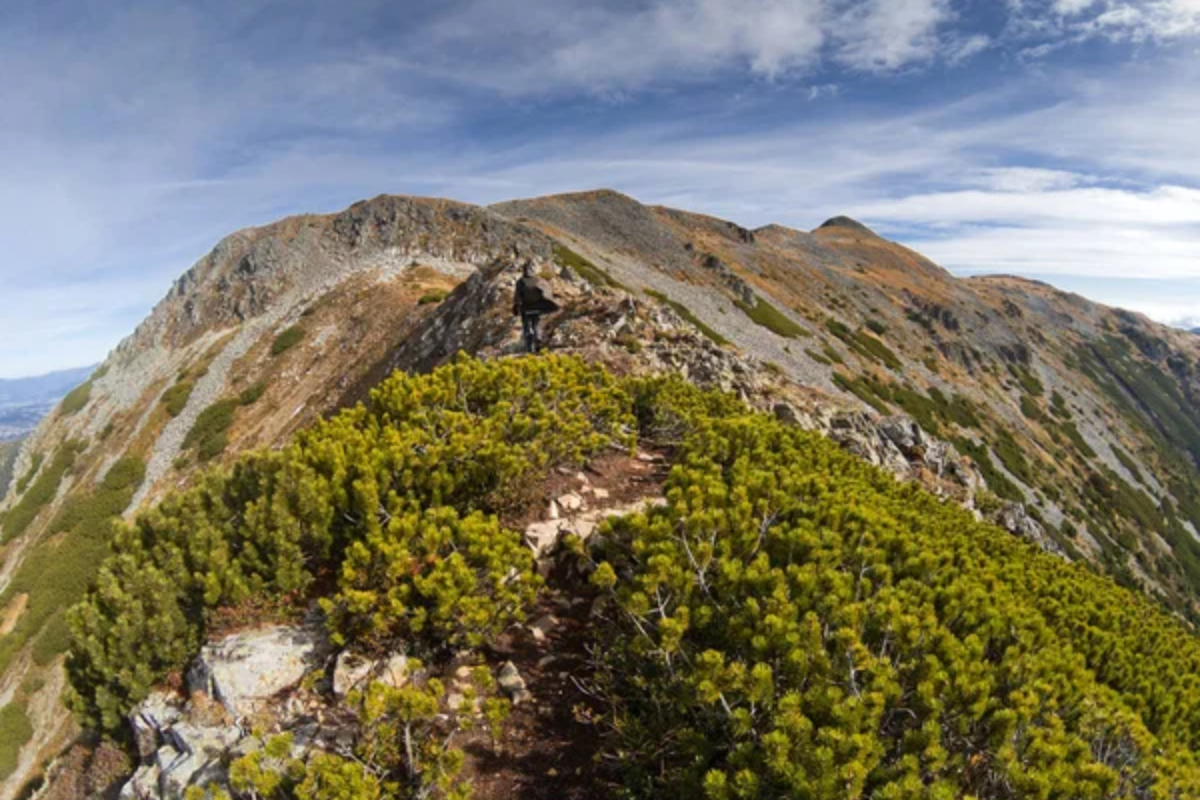
This remote volcanic range features Romania’s best-preserved crater, now covered in ancient forest and alpine meadows. The 12-mile circuit of the main caldera takes hikers through landscapes of extinct fumaroles and colorful volcanic rocks, contrasting with vibrant green meadows.
The area remains wonderfully undeveloped, with minimal tourist infrastructure creating a genuine wilderness experience rarely found elsewhere in Europe.
Ciucas Mountains
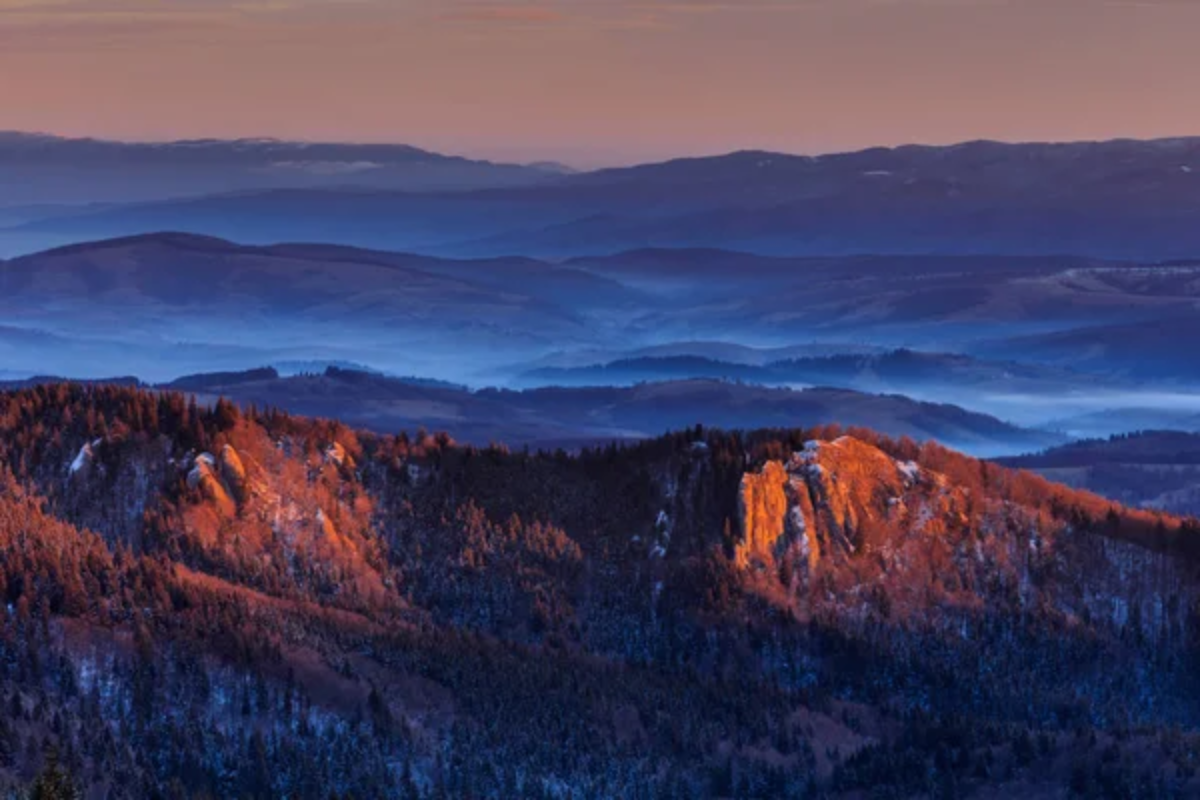
These accessible peaks near Brasov combine spectacular rock formations with manageable day-hiking options suitable for intermediate hikers. The classic 9-mile loop from Cheia passes the iconic ‘Bride’s Veil’ rock formation and crosses alpine meadows used by shepherds who maintain traditional practices little changed for centuries.
In autumn, the mixed forests covering the lower slopes create some of Romania’s most spectacular fall color displays.
Like Travel Pug’s content? Follow us on MSN.
Rarau Mountains
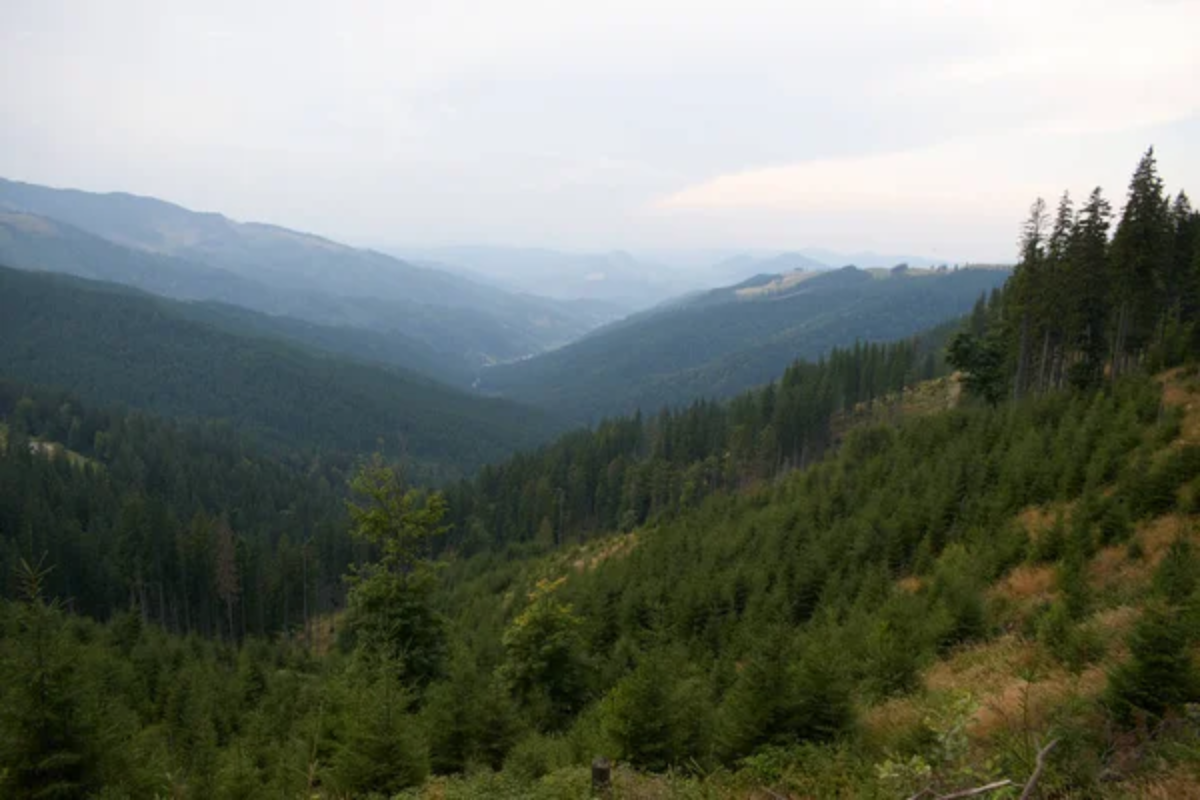
This lesser-known northern range features the remarkable ‘Lady’s Stones,’ massive limestone outcrops resembling petrified giants standing guard over the forested valleys below. The relatively easy 7-mile trail from Campulung Moldovenesc passes through spruce forests before emerging at the rock formations that have inspired countless local legends.
The mountain’s secluded location means hikers often have the spectacular viewpoints completely to themselves, even during peak summer months.
Domogled-Valea Cernei National Park
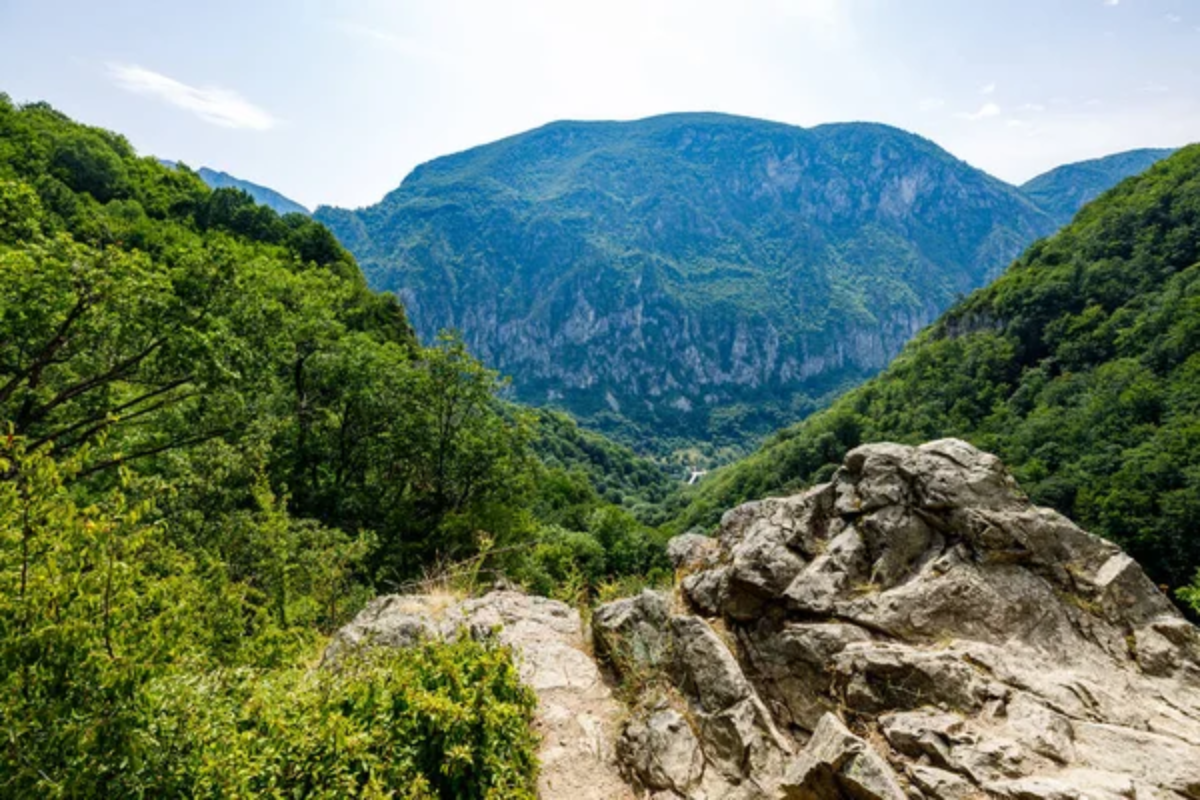
This protected area in southwestern Romania features the largest virgin beech forest in Europe alongside remarkable biodiversity influenced by both Alpine and Mediterranean climates. The 3-day route following the Cerna Valley passes natural thermal springs where hikers can soak tired muscles in pools of varying temperatures.
The park hosts Romania’s largest population of the rare European viper and over 1,110 plant species, including numerous orchid varieties that bloom throughout spring and summer.
Hasmasu Mare Mountain
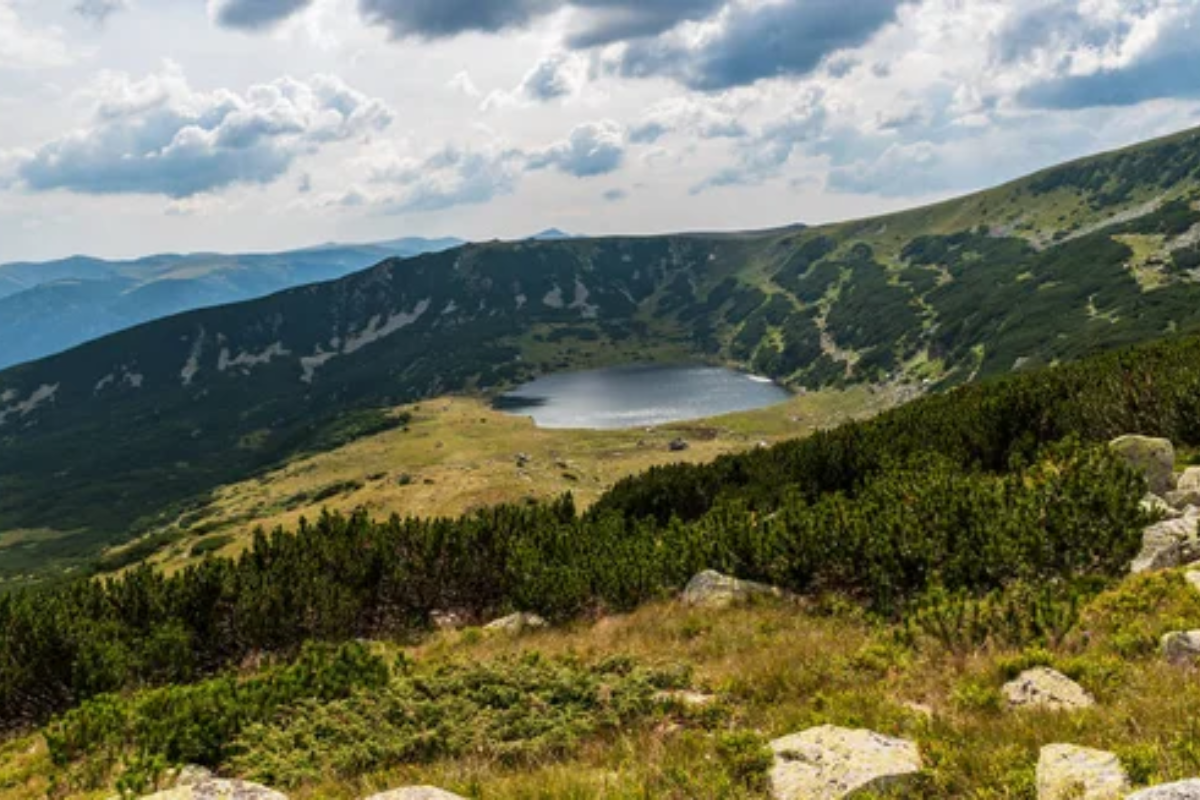
This dramatic limestone ridge in the Eastern Carpathians features the spectacular Bicaz Gorge at its base and the stunning Red Lake formed by a 19th-century landslide. The challenging 14-mile traverse requires a full day to complete but rewards hikers with views of unique geological formations, including the ‘Stone Cemetery,’ where limestone blocks create an otherworldly landscape.
The trail passes several seasonal shepherds’ huts where visitors can purchase fresh cheese made using methods passed down for generations.
Like Travel Pug’s content? Follow us on MSN.
Macin Mountains
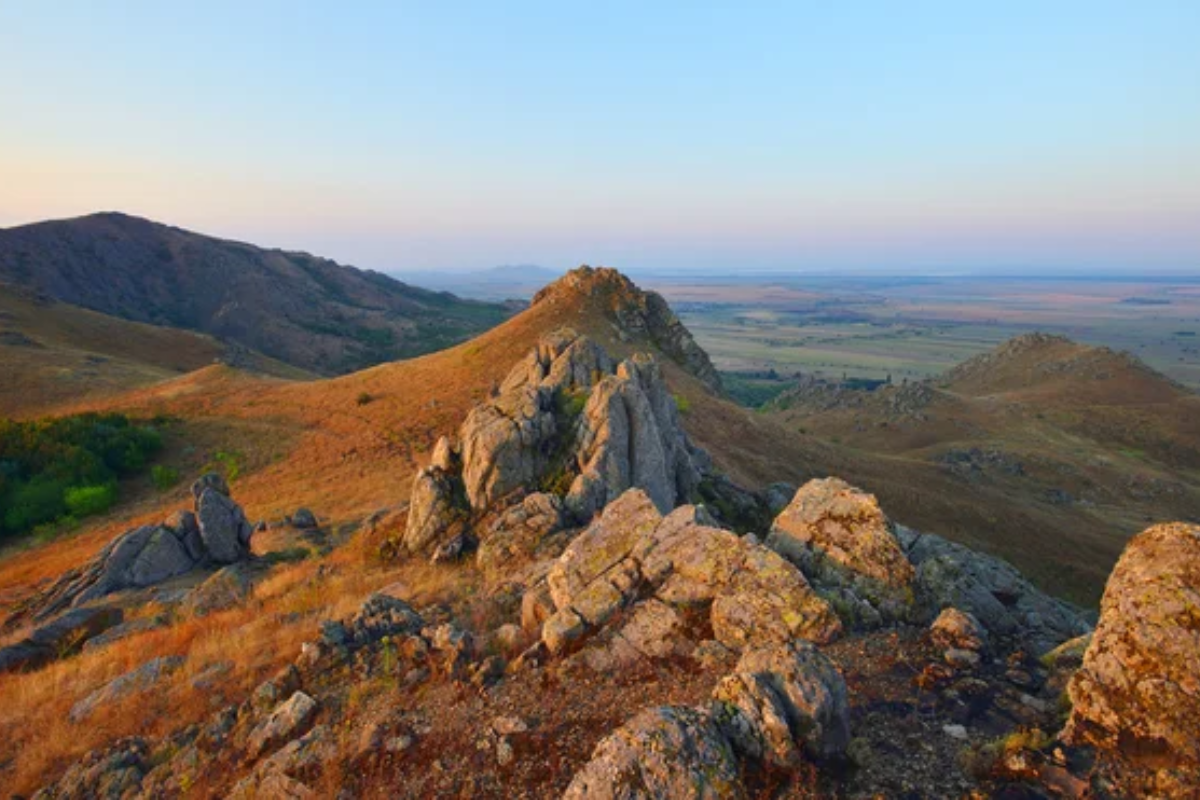
Despite reaching only 1,482 feet at their highest point, these ancient mountains in southeastern Romania represent some of the oldest exposed rock in Europe, dating back over 400 million years. The weathered granite peaks offer surprisingly challenging hiking across exposed ridgelines with panoramic views extending into neighboring Ukraine.
The unique microclimate supports steppe vegetation normally found much further east, creating an unexpected landscape that feels more like Central Asia than Europe.
Cindrel Mountains
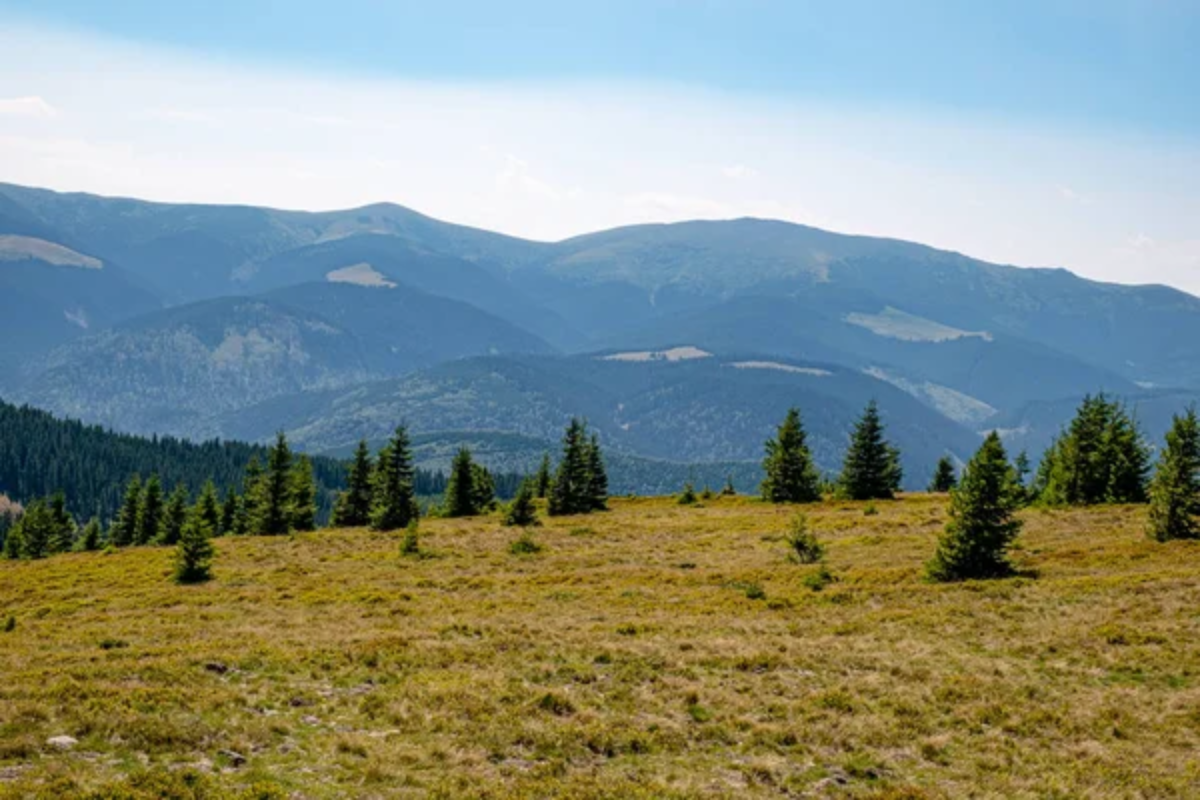
These accessible mountains in central Romania offer gentler terrain perfect for less experienced hikers or those seeking cultural encounters alongside natural beauty. The network of trails passes through traditional villages where hay is still cut by hand, and horse-drawn carts remain the primary transportation method.
The ‘Shepherds’ Trail’ connects alpine pastures where shepherds produce Branza de Burduf cheese inside pine bark cylinders using techniques unchanged for hundreds of years.
Transfagarasan Highway Trail
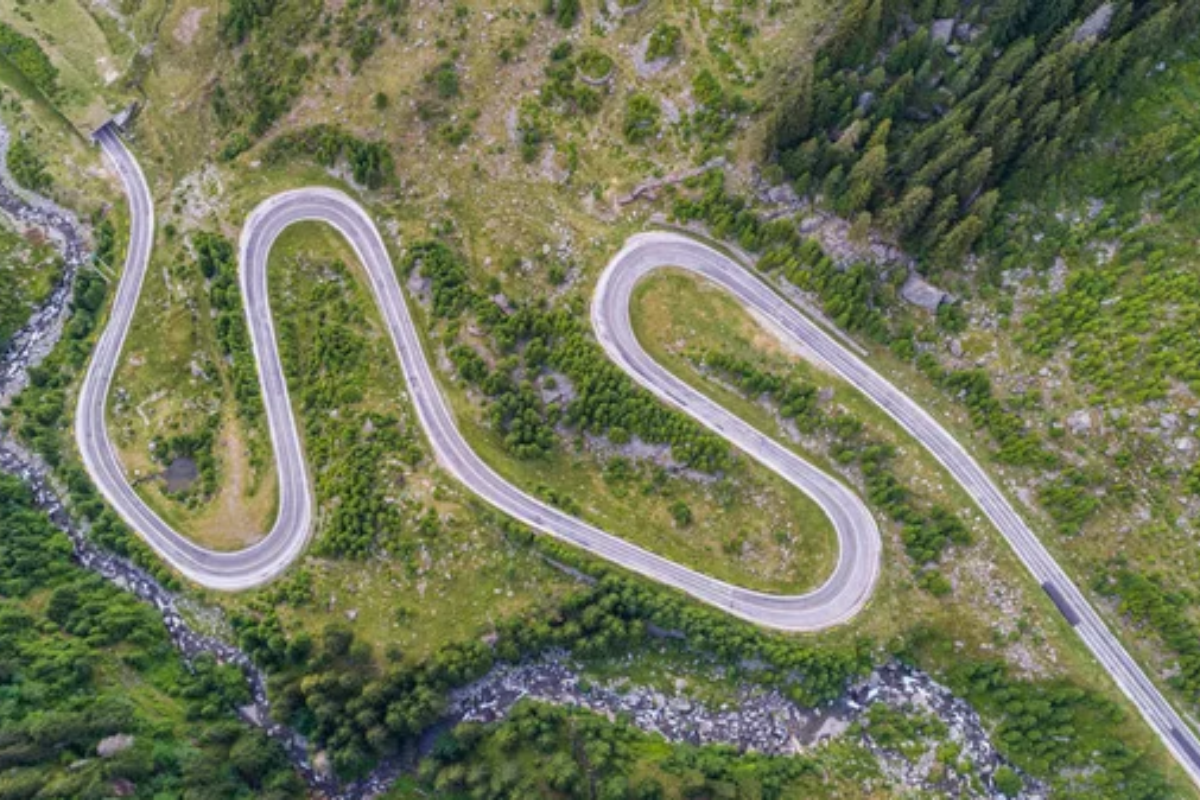
While famous as a driving route, the hiking trail alongside Romania’s most spectacular road offers the chance to experience the dramatic scenery at a slower pace. The 10-mile section from Balea Lake to Podragu Hut traverses alpine terrain with panoramic views of the highway’s switchbacks carving through the mountainside below.
The trail passes the headwaters of the Capra Waterfall, where pure mountain springs begin their journey toward the Danube River hundreds of miles away.
Like Travel Pug’s content? Follow us on MSN.
Footpaths Through Time
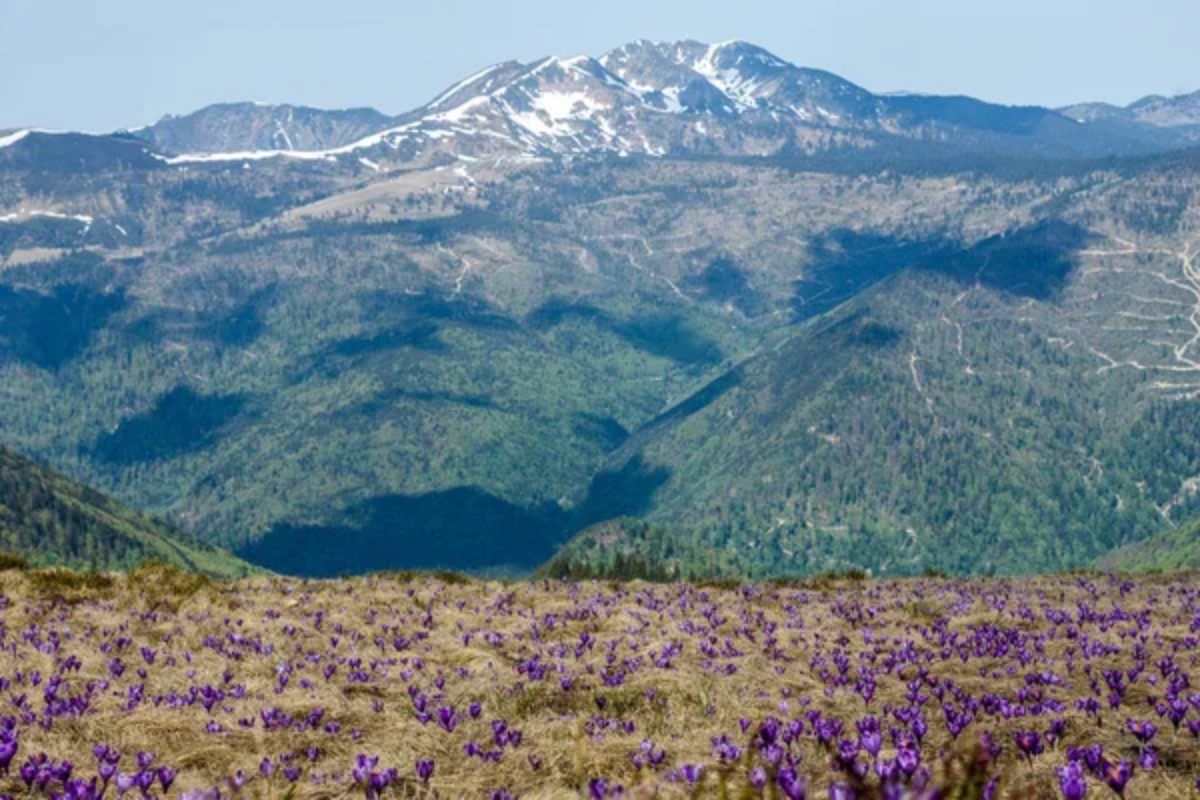
Romania’s hiking trails offer more than natural beauty—they provide passage through landscapes where traditional rural life continues alongside ancient forests and alpine meadows. The relatively undiscovered nature of these routes means hikers can experience genuine wilderness without the crowds found in Western European destinations.
From the high ridges of the Carpathians to the limestone gorges sculpted by millennia of flowing water, Romania’s diverse hiking opportunities reward adventurous travelers willing to step beyond the standard tourist attractions. The medieval villages, shepherd encampments, and ancient forests encountered along these routes connect hikers with both natural history and cultural traditions stretching back through centuries of European history.
More from Travel Pug

- Cities Growing so Fast You Won’t Recognize Them in 10 Years
- 13 Destinations Where Tourists Regularly Regret Their Trip
- 16 U.S. Cities That Are Quietly Becoming Travel Hotspots
- Where to Travel If You Love Long Bus Rides and Daydreams
- 20 Cities Perfect for Solo Travelers Who Crave Adventure & Culture
Like Travel Pug’s content? Follow us on MSN.
